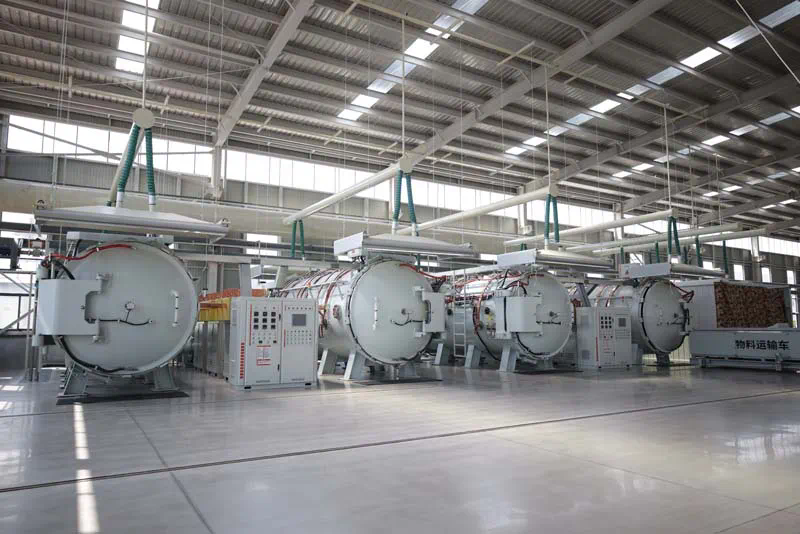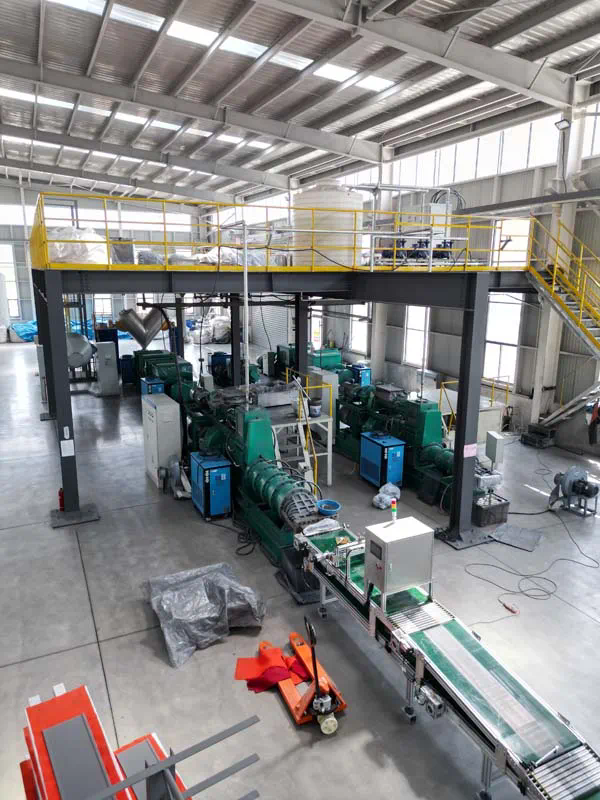Understanding the Manufacturing Process of Silicon Carbide Nozzles
Silicon carbide (SiC) nozzles are increasingly being used in various industries due to their exceptional material properties, such as high wear resistance, thermal stability, and corrosion resistance. This article delves deep into the manufacturing process of silicon carbide nozzles, exploring the materials, technologies, and methodologies involved.
Silicon carbide itself is a compound made of silicon and carbon, known for its hardness and ability to withstand extreme conditions. These characteristics make SiC an ideal choice for applications in aerospace, automotive, semiconductor, and chemical processing industries.
The manufacturing process of silicon carbide nozzles typically involves several key stages: material preparation, shaping, sintering, and finishing. Each stage plays a crucial role in ensuring the final product meets specific performance standards and tolerances.
Material Preparation
The first step in manufacturing silicon carbide nozzles is preparing the raw materials. The primary components are high-purity silicon carbide powder and various additives that enhance specific properties. The selection of these additives is crucial, as they can influence the mechanical strength, thermal conductivity, and overall performance of the final product.

The silicon carbide powder is usually obtained through a process called Acheson process, where silica and carbon are subjected to high temperatures in an electric furnace. This method yields a high-quality SiC with minimal impurities.
Once the silicon carbide powder is obtained, it is mixed with additives such as aluminum oxide, boron, or other oxides to achieve desired characteristics. The mixing process must be thorough to ensure even distribution of the additives. This can be achieved using ball mills or other types of mixers.
Shaping
After the material preparation, the next step is shaping the nozzle. There are several methods to achieve the desired geometric configuration, including:
1. Dry Pressing: This is one of the most common methods used for shaping SiC parts. In this process, the mixed powder is placed in a mold and subjected to high pressure. The pressure compacts the powder into the desired shape. Dry pressing is efficient for producing large quantities of uniform parts.
2. Isostatic Pressing: In this technique, the powder is enclosed in a flexible membrane and subjected to pressure from all sides. This method allows for more complex geometries and can help in reducing defects in the final product.
3. Injection Molding: This advanced method involves mixing the SiC powder with a binder material to create a feedstock. The feedstock is then injected into a mold under high pressure. After cooling, the binder silicon carbide seal rings is removed, leaving behind a well-defined SiC shape. This technique is particularly useful for producing intricate designs and shapes.
4. Additive Manufacturing: Recently, 3D printing techniques have been explored for creating silicon carbide nozzles. This approach allows for rapid prototyping and the production of complex geometries that are difficult to achieve with traditional methods. However, this technology is still evolving and may require further development to optimize the materials used.
Sintering
Once the shaping process is complete, the next phase is sintering. Sintering is a critical step where the shaped part is heated to a temperature below its melting point. This process facilitates the bonding of the particles, resulting in a solid, dense structure.

The sintering atmosphere can be modified depending on the desired properties of the final product. For example, sintering can be carried out in a vacuum or inert gas environment to prevent oxidation. The temperature and time of the sintering process must be carefully controlled to achieve optimal density and mechanical properties.
During this stage, the nozzles undergo several changes, including densification and grain growth. Densification reduces porosity, improving the strength and durability of the nozzles, while controlled grain growth contributes to enhanced thermal and mechanical properties.
Finishing
After sintering, the nozzles often require additional finishing processes to meet precise tolerances and surface quality standards. Common finishing techniques include:
1. Grinding: This process is used to achieve dimensional accuracy and smooth surface finishes. Specialized grinding machines are employed to remove any excess material and refine the nozzle’s dimensions.
2. Polishing: Often performed after grinding, polishing enhances the surface finish, reducing roughness and improving aesthetic qualities. Polished surfaces can also reduce friction, which is beneficial in many applications.
3. Coating: In some cases, the nozzles may undergo coating processes to enhance certain properties, such as wear resistance or chemical stability. Coatings can provide additional protection, especially in harsh environments.
Quality Control
Quality control is an integral part of the manufacturing process. Throughout each stage, various testing methods are employed to ensure that the nozzles meet the required specifications. These tests may include:
– Dimensional Inspection: Utilizing precision measuring equipment to verify that the dimensions of the nozzles conform to specified tolerances.
– Mechanical Testing: Evaluating the strength, hardness, and toughness of the SiC nozzles using standardized testing methods.
– Microstructural Analysis: Using techniques such as scanning electron microscopy (SEM) to examine the microstructure of the material, providing insights into its properties and potential weaknesses.
Applications of Silicon Carbide Nozzles
Silicon carbide nozzles find applications in various industries due to their unique properties. In the aerospace sector, they are used in propulsion systems where high temperatures and corrosive environments are prevalent. Their ability to withstand extreme conditions makes them suitable for rocket engines and gas turbines.
In the automotive industry, SiC nozzles are essential components in fuel injection systems, helping to improve fuel efficiency and reduce emissions. The high wear resistance of silicon carbide ensures long-lasting performance even under harsh operating conditions.

Furthermore, silicon carbide nozzles are utilized in semiconductor manufacturing processes, particularly in chemical vapor deposition (CVD) systems. Their thermal stability and resistance to chemical corrosion are crucial in these applications, where precise control of material deposition is required.
Conclusion
The manufacturing process of silicon carbide nozzles is a complex interplay of material science, engineering, and advanced manufacturing techniques. From the careful selection of raw materials to the intricacies of shaping, sintering, and finishing, each step is designed to produce high-performance components that meet the stringent demands of modern industries.
As technology advances, the methods for producing silicon carbide nozzles will continue to evolve. Innovations in additive manufacturing, improved sintering techniques, and enhanced quality control measures will likely lead to even better performance characteristics and wider applications for SiC nozzles.
Understanding this manufacturing process not only highlights the technical challenges involved but also underscores the importance of silicon carbide nozzles in driving advancements across various sectors. By maintaining rigorous standards and embracing new technologies, manufacturers can ensure that silicon carbide nozzles remain a vital component in high-performance applications for years to come.
https://ortumeta.com/
